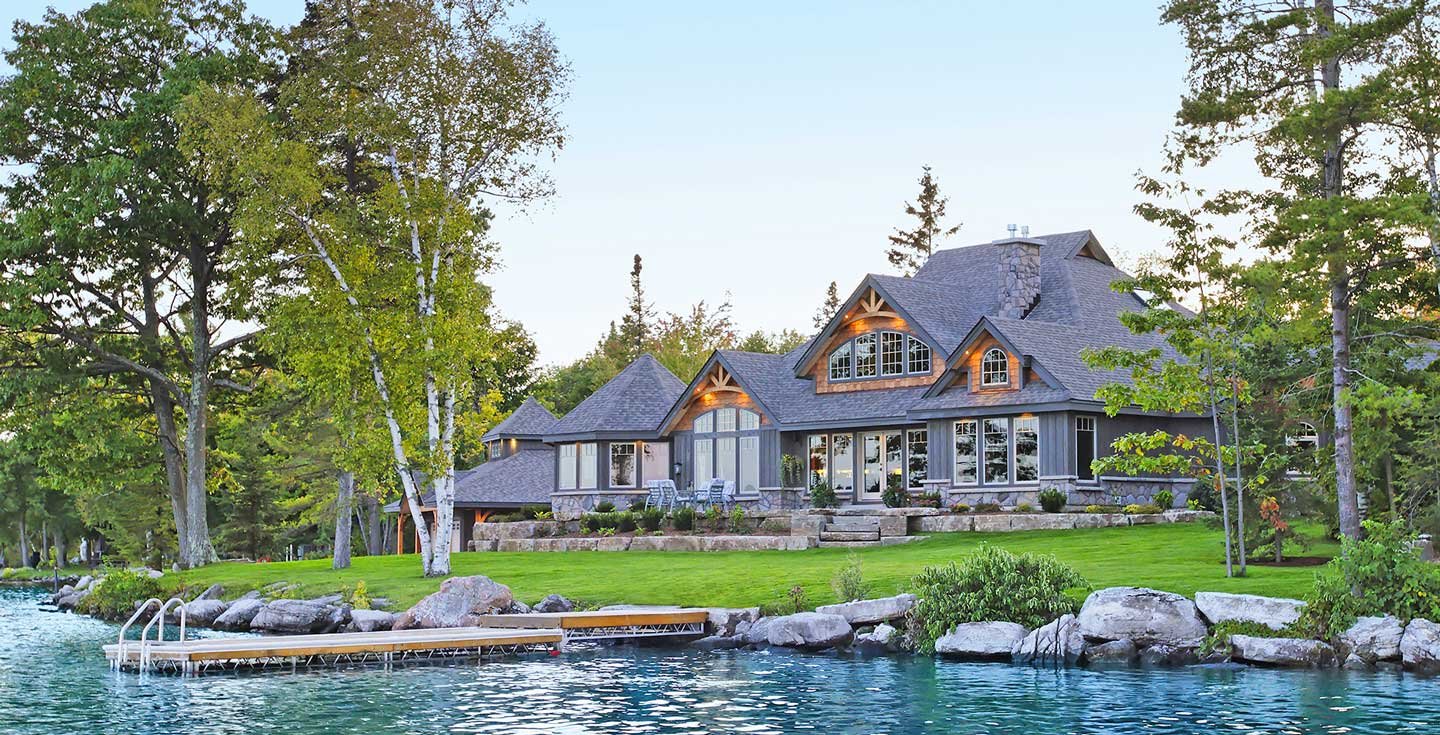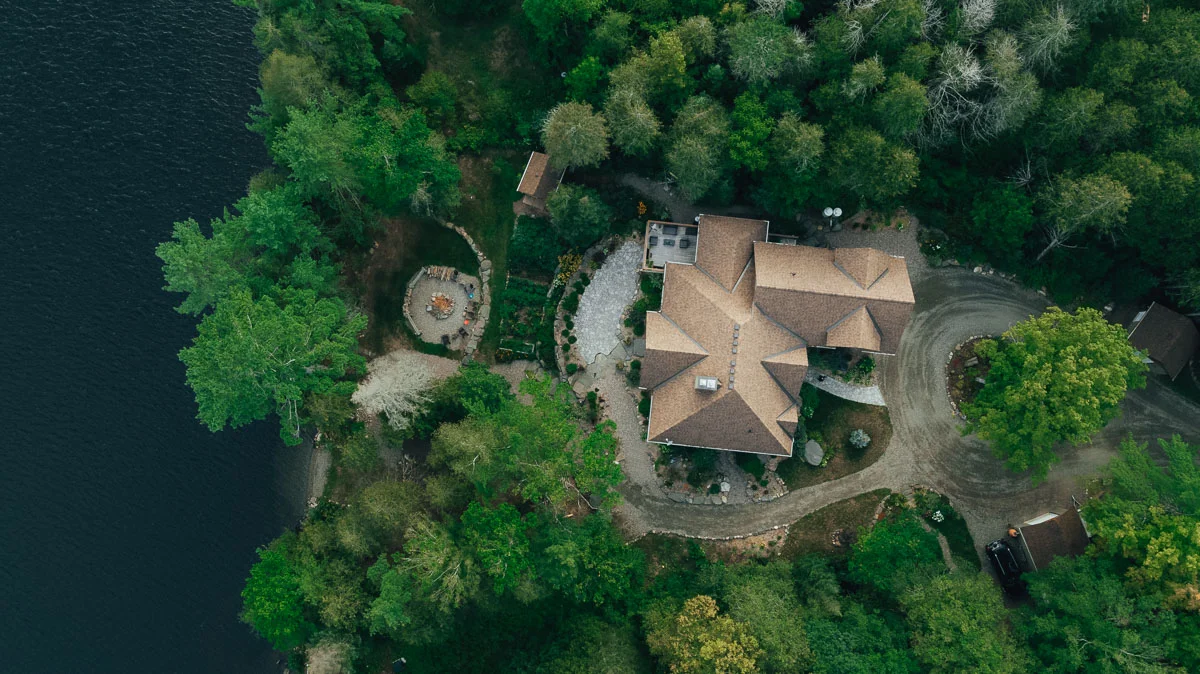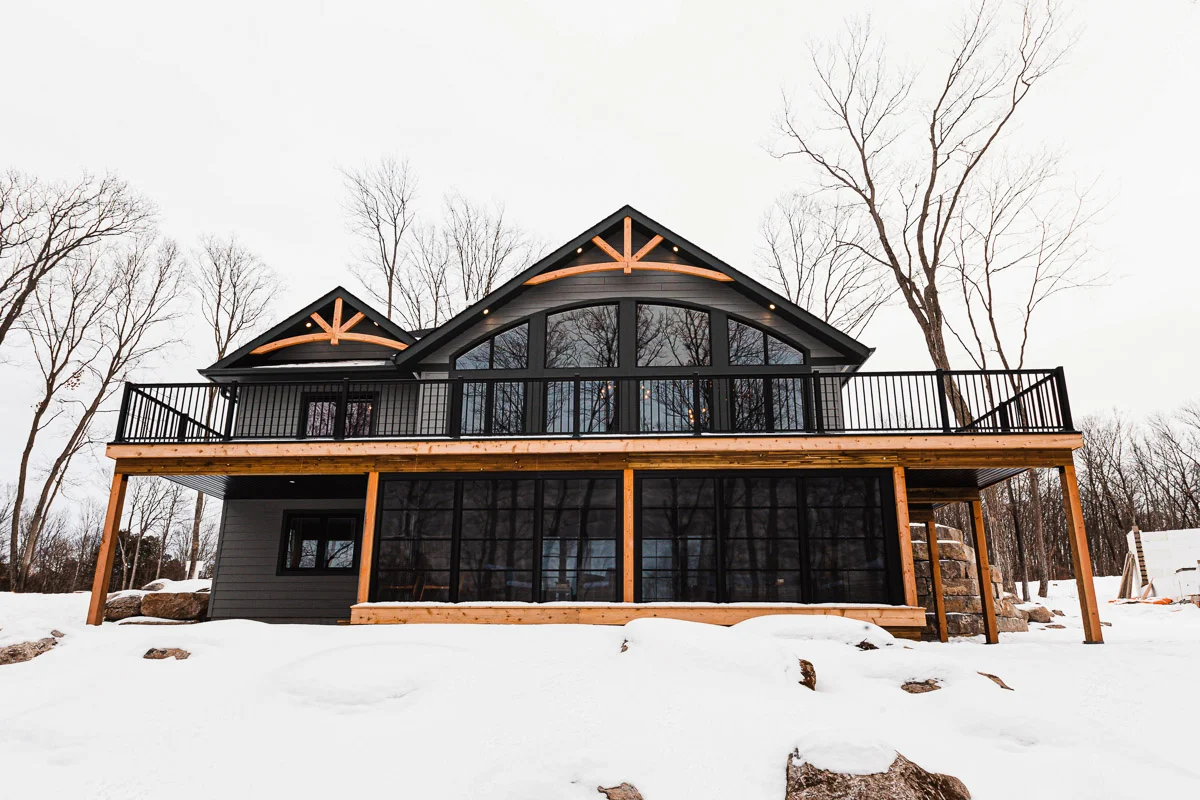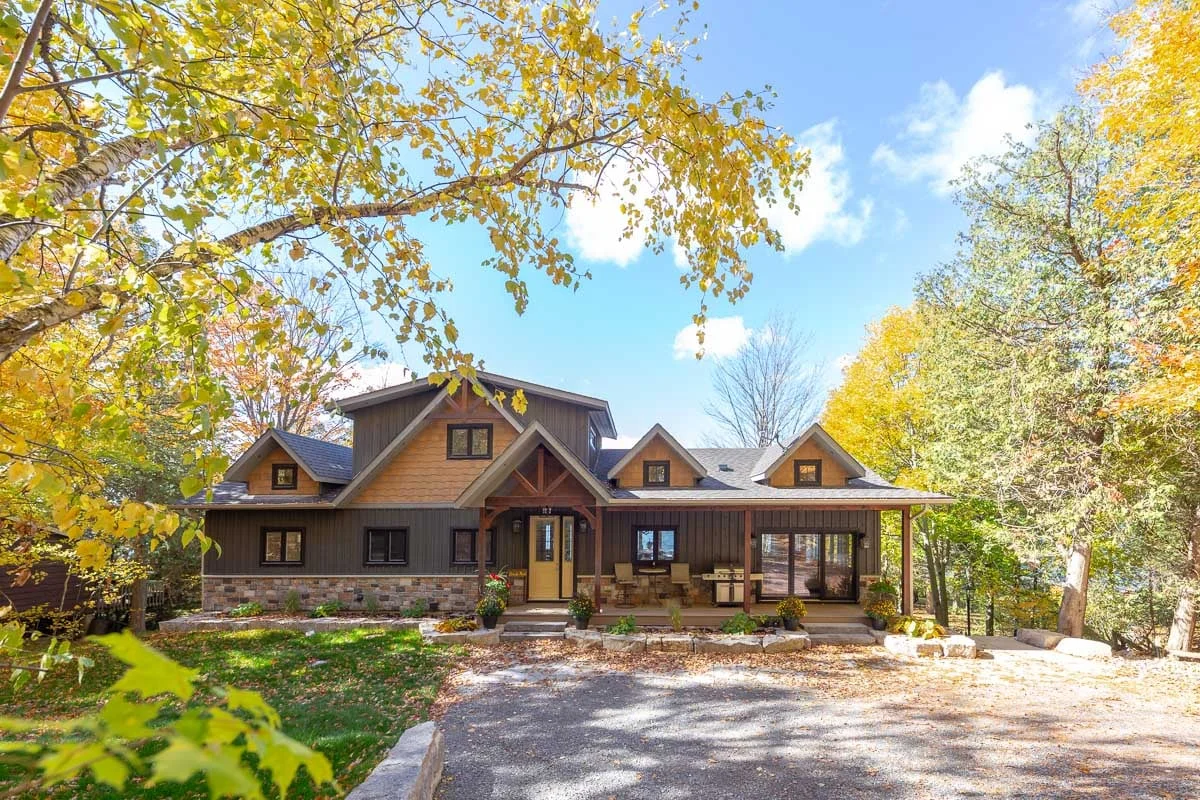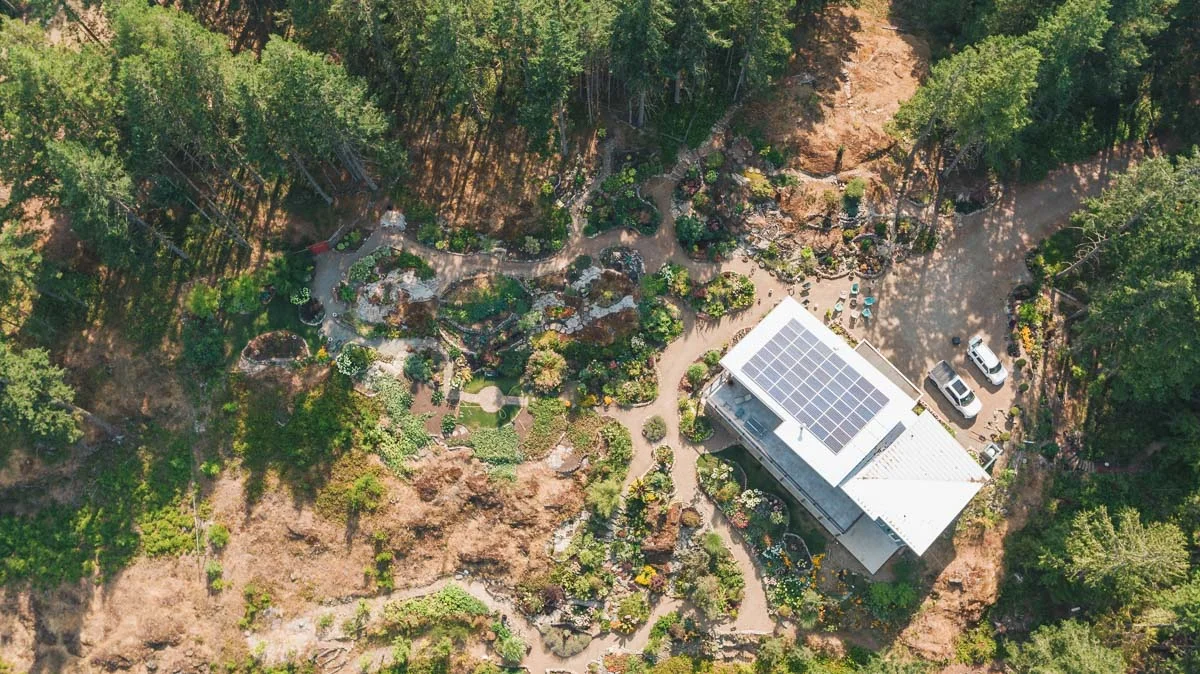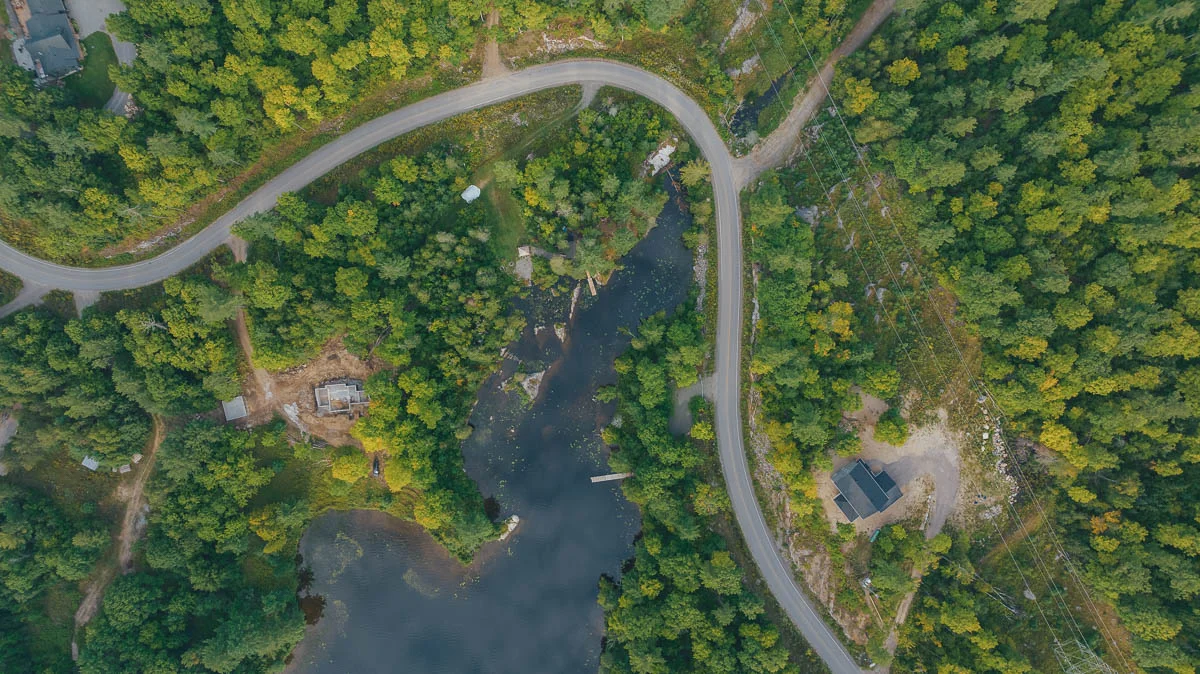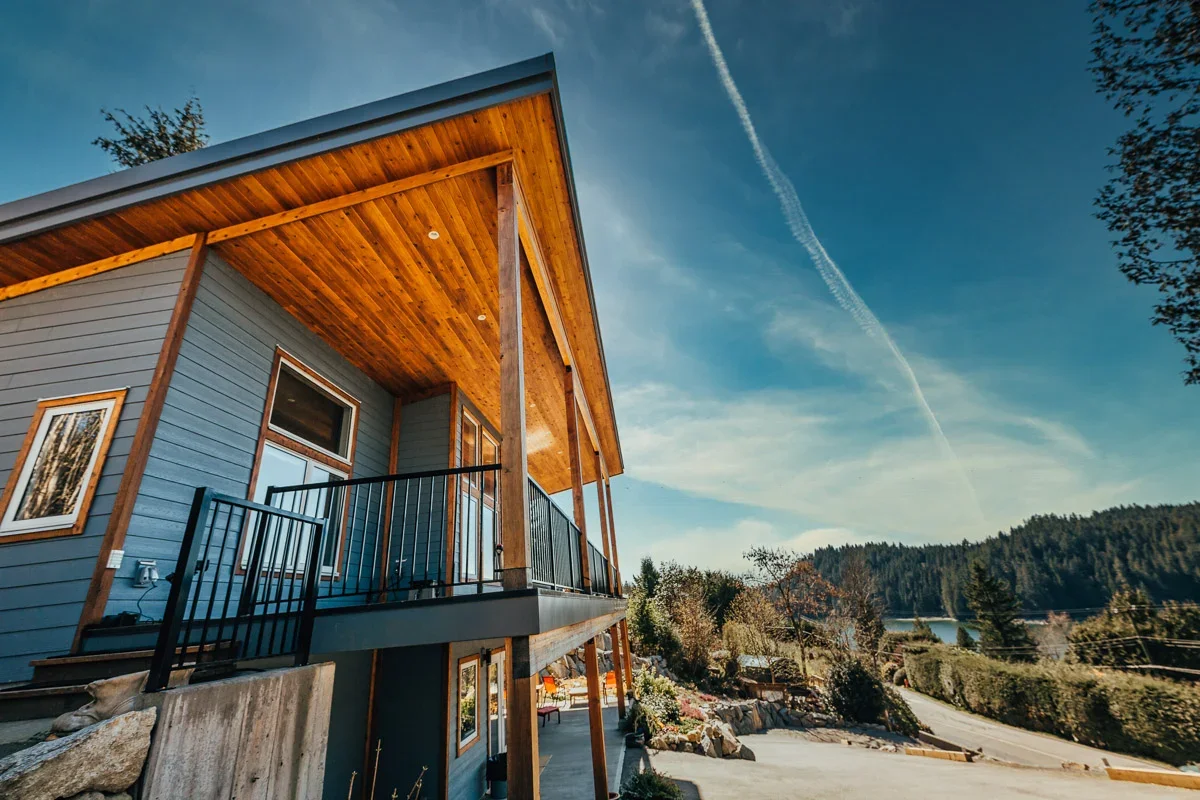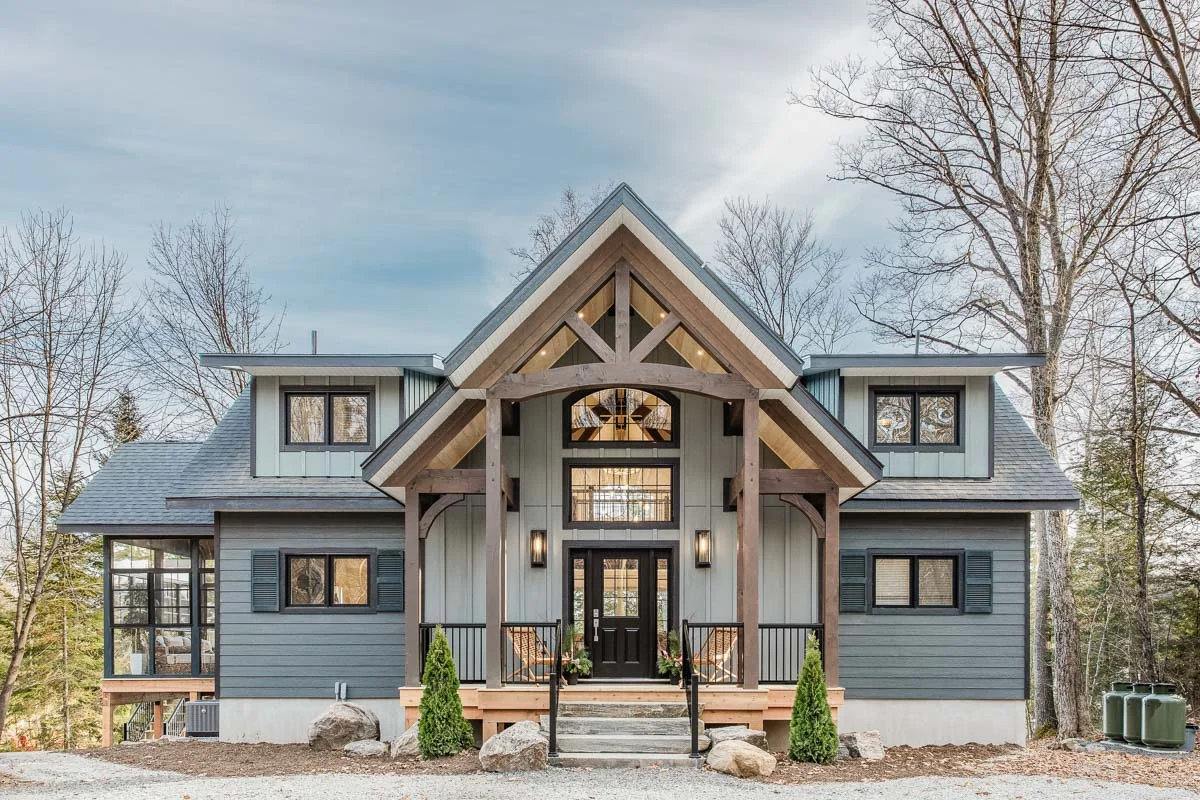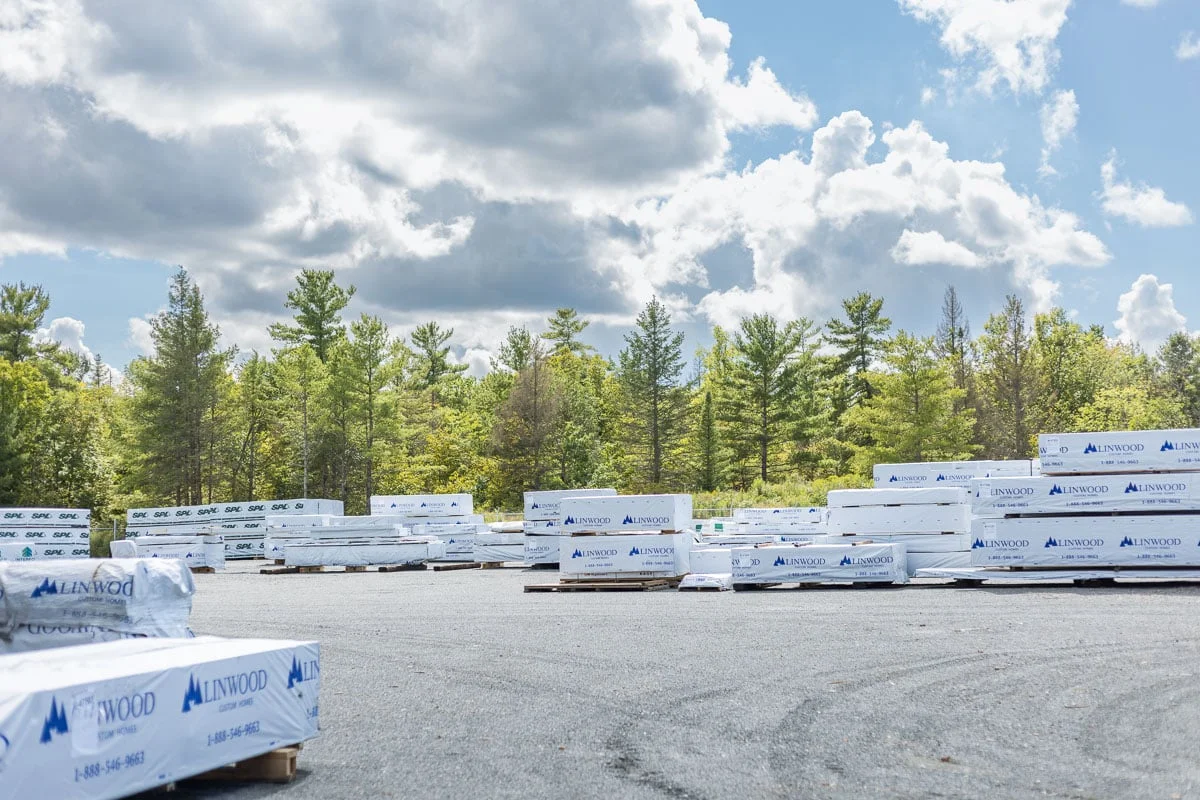Building a custom home is one of the most rewarding projects you can undertake. It gives you the freedom to build your dream lifestyle, wherever you want. The home you build becomes a reflection of who you are and what you like to do.
When building, you have the power to make all of the decisions along the way. Your home becomes completely unique to you. No other purchase in your life is like that.
Building is an incredible experience… and yet so few people choose to do it. Why?
So many people choose to settle, buying an existing home instead of building. They fear that the construction is too complicated or too risky. These misconceptions hold people back.
And it just isn’t true!
We are going to walk you through the five major factors in planning your Total Project Budget. These factors, at the highest level, will determine how much your dream home will cost. In subsequent posts, we’ll go into depth on the line items that make up each of these factors, but for now, we’ll just focus on the basics.
How Much Does It Cost to Build?
First off, different companies have various methods of calculating cost, and some are more accurate than others. So, let’s start with ‘How much does a Linwood home cost?’
This is the age-old question. It is a natural starting point for anyone looking to get more information on building. You want to see whether building is an option for you.
Now if you ask this question to different people in the building industry, you are going to get one of these answers:
“It depends…” ,
“What are you looking to build?” or,
“The price per square foot is ______”.
…And frankly, none of these really answer the question that you are looking for.
These vague answers aren’t actually given to hide the costs from you. The reality of custom construction is that it is difficult to give a meaningful dollar figure without understanding your vision first. The choices that you make, from style to size to floorplan to interior finishing can dramatically increase or decrease the cost to build.
I’m going to go over an obvious example:
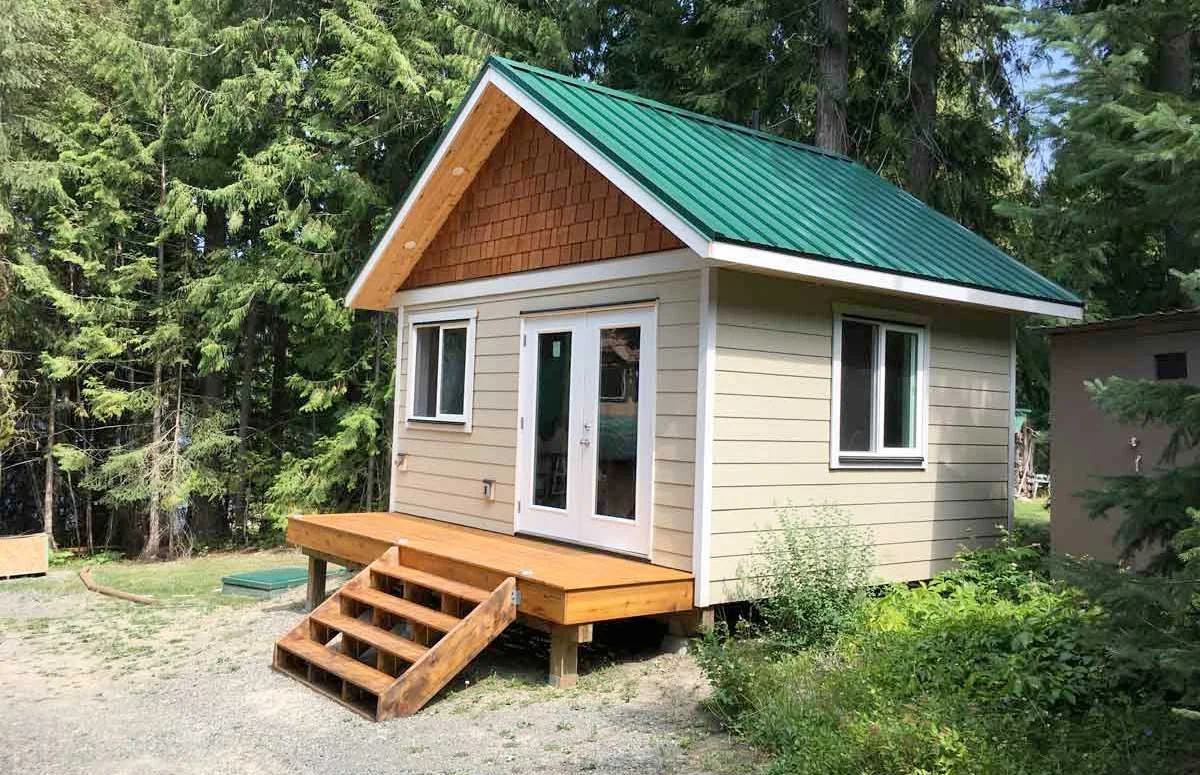
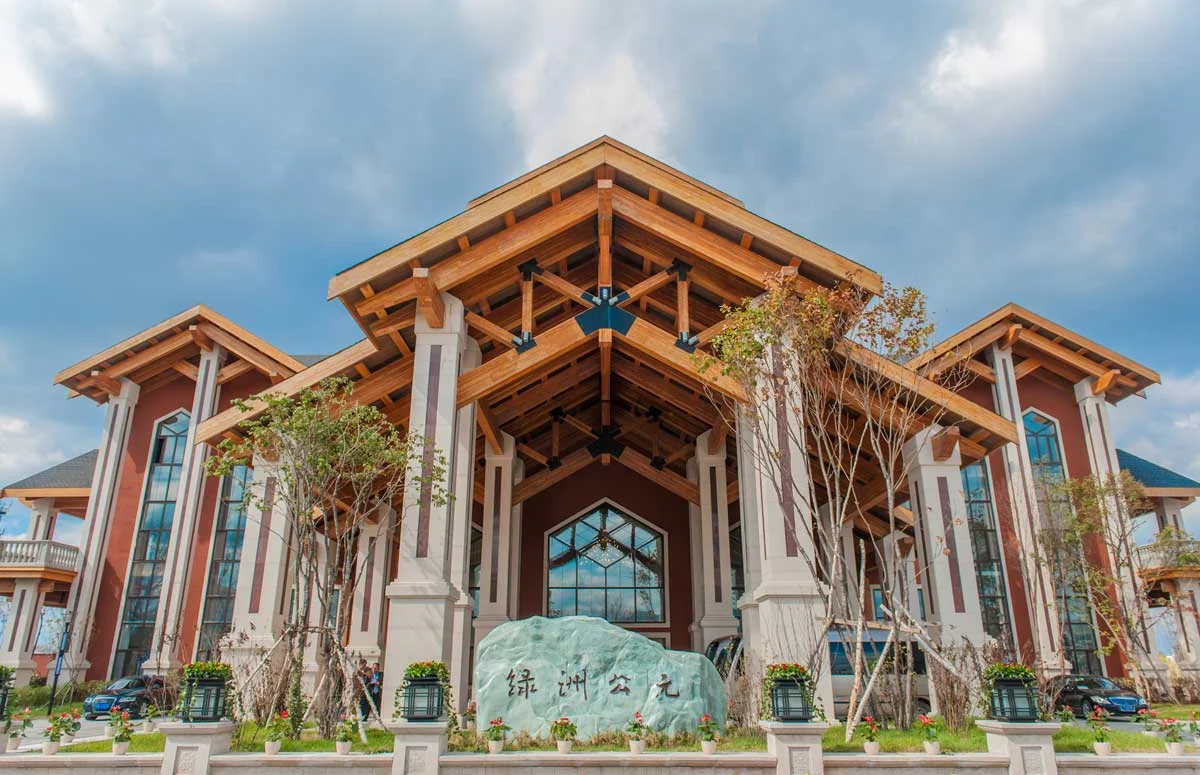
These two Linwood ‘Homes’ are the smallest and the biggest projects that we’ve ever done. Anyone looking at them will see a difference in price, due to size differences. The bunkhouse on the left is 224 sq.ft. The community center on the right is 45,000 sq.ft.
Others may point out the height of the ceilings and the amount and size of the windows as another factor. These are also two factors that impact price heavily.
Now let’s look into a more realistic comparison:
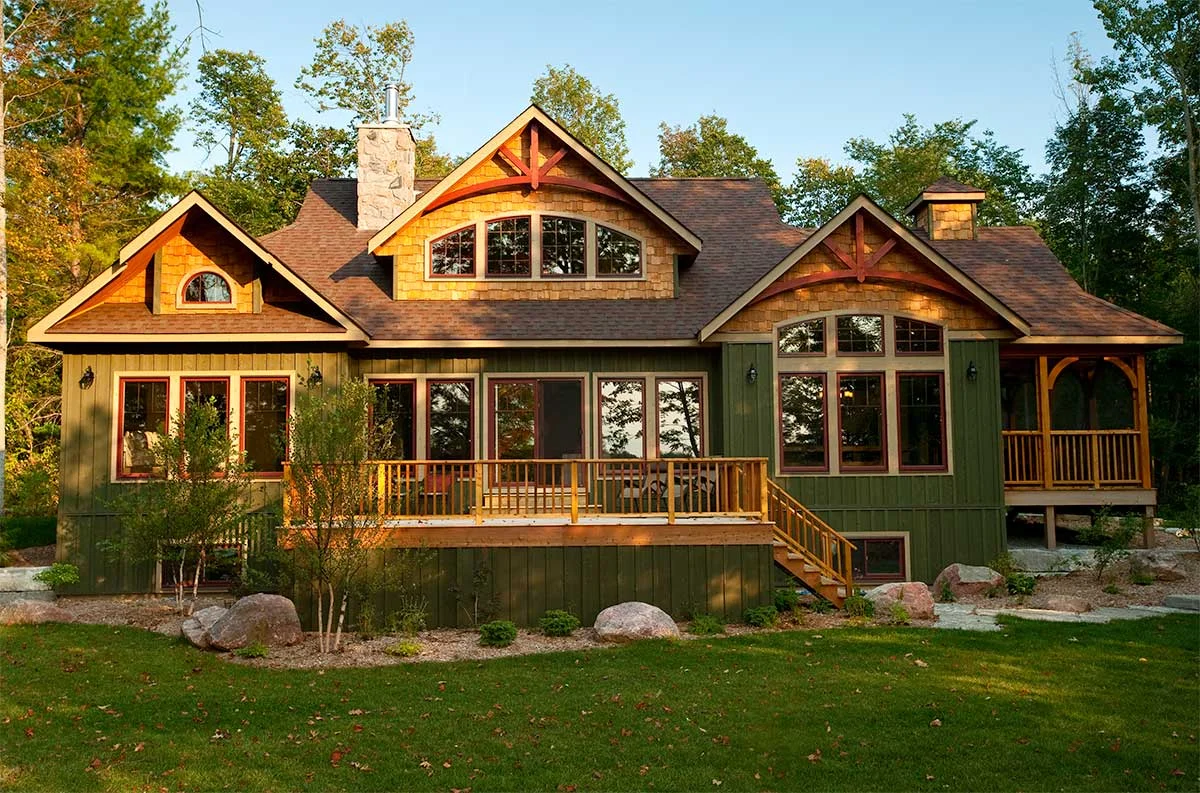
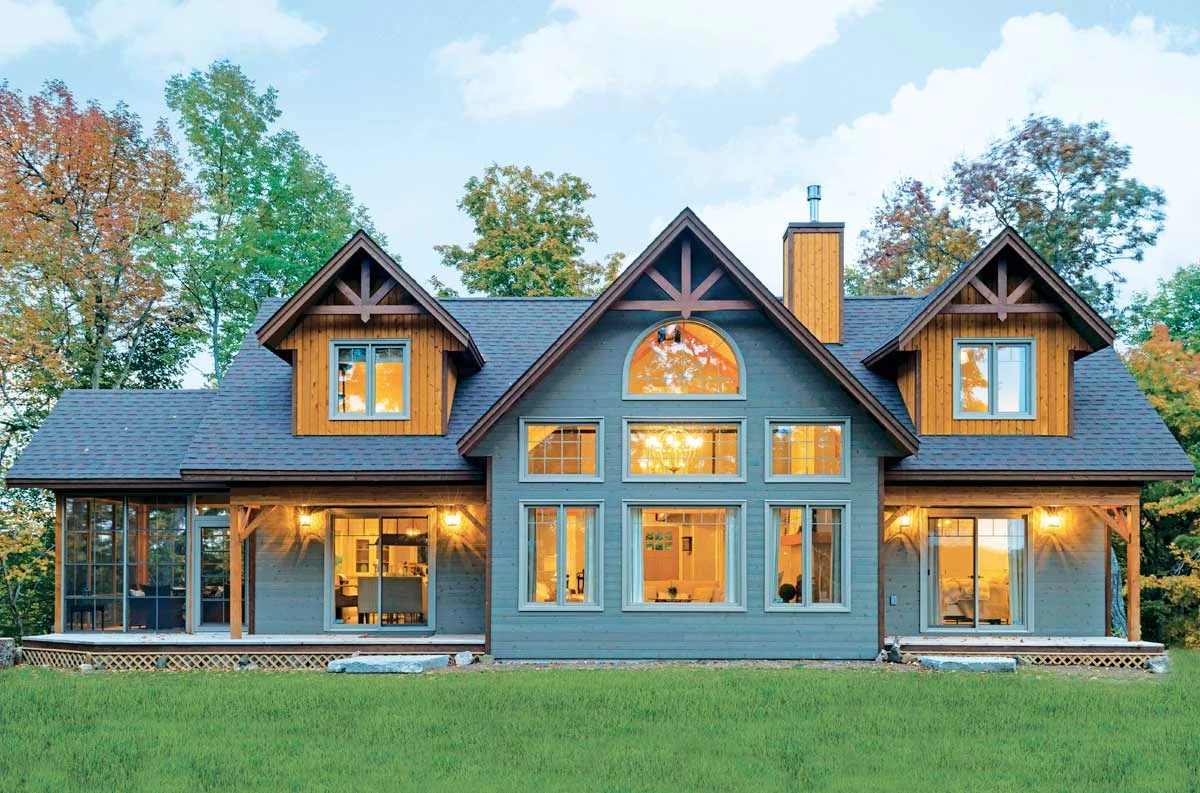
These are both very popular models that are in the same size range and style. The Red Leaves (left) is 3 beds, 2.5 bath, 2241sq.ft. The Antler Trail (right) is 3 beds, 2.5 baths, 2213 sq.ft. However, that is not enough to say that these models are going to have the same build cost.
Your specific line item choices matter… and ultimately an exact price is created from having every single line item accounted for in a budget.
However, we recommend starting with the Total Project Budget to get a ballpark first:
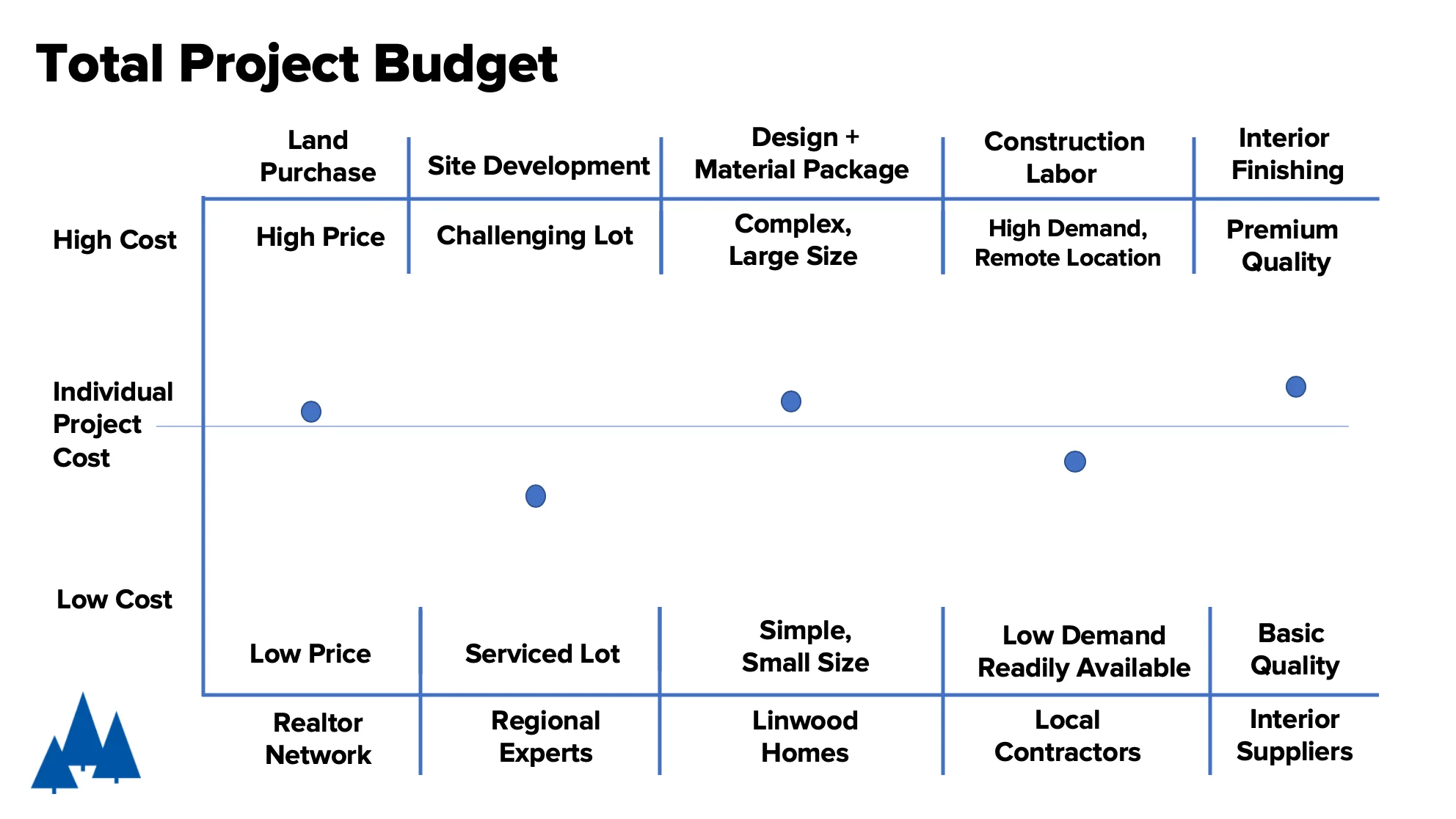
While this is not an exact science, this framework looks to give you a realistic cost that you can use to estimate your dream home. Each of the factors are broken down into further small cost items, but it is easier to look high level to start, and then begin to go deeper into each cost category.
So let’s dive in and learn about the different cost factors involved in custom home building. Our ‘Total Project Budget’ is broken down into 5 key factors that are tied closely to our order process.
1. Land Purchase Price
Property is the first aspect to consider when planning your project budget. When you begin looking to for the right lot, typically a realtor is going to help you go through the purchase process. You can also find lots on a major listing site, or by looking in a local area.
The cost of your property depends on a variety of factors driven by the local market. Standard demand and supply are going to affect the cost of the lot you are looking to purchase.
Naturally, if you are looking in a very popular area, the cost is going to reflect the demand. If you are looking for something remote, you may be able to get a deal.. although not all deals end up being the value that you originally thought. You still have to look at site development costs.
Many people looking to build see buying land as a different type of cost than that related to construction. However, the more you spend on your lot, the less you have for the build. It is important to spend appropriate amounts on each category to realize your dream home. You don’t want to buy a lot with high site development costs that is going to end up blowing the rest of your home construction budget.
2. Site Development Costs
All new projects require a certain amount of site preparation and service work to create a viable area for installing the foundations of your home. These costs are notorious forgotten when planning your budget. Because we do a lot of recreational homes, we have seen a lot of sites that require a lot of site work. Clients fall in love with a certain view or a gentle creek running through the property, only to discover after the purchase that there is rock blasting required to start on foundations, or the building envelope is far too small for the home they are looking to build.
This can happen when you purchase a lot without understanding the necessary steps to get it ready for construction.
Site development can be broken into two different categories: Basic site costs and situational site costs.
Basic Site Costs
Basic site costs apply to every lot and the are necessary to get your lot ready for construction. These costs include property surveying, site clearance, and connection to water, power and local sewage systems. If you are buying a developed lot, or one in a city, it is likely that this work will have been completed and will have been included in the cost of your lot’s purchase price.
Situational Site Costs
Situational site costs are more complex. These costs depend on the individual lot and can include demolition, geotechnical work, and rock blasting. If you are on a rural lot, you will also possibly need to install a septic and well system for the home.
Depending on the lot, the range of these costs can vary.
We include these costs right up-front in our planning process. It is dangerous and unproductive not to. If you don’t factor them in, you could end up planning on a project that is going to be over-budget before you’ve even begun to pour the foundations.
This doesn’t mean that site development is always going to ruin budgets, but it is essential to know as you begin to plan our your build.
3. Design and Materials
Linwood offers a combined design and material package to make construction simpler. We act as both the architect and the lumber yard, all under one roof. Our design library includes hundreds of different designs that can all be customized to suit individual budgets and tastes.
Each home package includes detailed construction drawings, and all the material required to build the structure as well as the weather-tight exterior finishing of the home. We have combined design and materials into one factor because the cost of structural materials is directly related to your design. Combing the costs gives you much more certainty, and control over the budget. While also making the build faster.
Traditionally the design costs would be all the fees associated with hiring an architect, engineering and creating permit plans. The materials are typically costs included in a builder’s quote. Often, the builder and the architect are not communicating until after a design has been created and your home has not be planned with your budget in mind.
The key factors in design are: levels of customization, size and complexity, and material selection.
Levels of Customization:
Standard
You can select one of our existing designs. Linwood offers many versions of popular homes that are available to suit different types of sites. When you choose a standard design, you have a faster turnaround time on detailed construction drawings and delivery.
This saves you money as the home is all ready to go and requires limited time in drafting for changes.
Modified
You can customize any of our plans and modify them to your needs. These changes can range from size to exterior materials and to site conditions. Depending on the changes that you are making, your price will reflect the increase or decrease of required materials.
Custom
You can create a fully custom design, a home completely unique to your vision. Both the interior floorplan and exterior style is up to you!
Size and Complexity
Both size and complexity play a role in the cost of your design and materials. The larger you build, the more you increase the cost; however, calculating the cost of a home by the simple cost per square foot equation is problematic.
This is because there are so many different ways to measure the total square footage. Simple cost per square foot quotes are often misleading as they don’t include every line item of the home.
There are also hidden variables within the square footage calculation which can dramatically increase or decrease the cost. Be wary of those that give simple cost per square foot quotes. Your design, your property, and your interior finishing choices all play a role in the total cost, especially when building a custom home.
Choice of Materials
Lastly, the quality of your materials will affect the cost of your project. Linwood uses premium lumber and you as a homeowner can choose upgrades to add to your project.
From siding options to windows, you’re able to make the call. Some products are more expensive than others, and popular package upgrades include wood ceiling liner, decorative beams, porches, decks and railings.
4. Construction
The next major factor is the cost of construction. Similar to the land purchase, this is heavily impacted by the local market and how busy crews are. You can expect your costs to jump in a busy city or in very remote locations where there are only a few contractors available.
In this case, you have some options to look at. One way to keep costs down is to target certain times of the year. While spring and summer are always busy for framing, you can actually schedule your build to be at ‘lock-up’ going into the winter (Lock-up is the stage at which the exterior of the home is complete, but the inside is just stud walls). Because foundations and the exterior are complete, trades are able to work inside over the winter.
This will typically give you a discount as trades are cheaper in the less busy, winter months.
Another thing to consider is the level of prefabrication. Our package comes with the option of panelized walls. Having the walls panelized saves time during framing and makes the structure go up much faster. Some local crews have the time to stick build, but in areas tight on labor, panelization is an effective option.
The last factor to consider in construction is actually your own involvement. There are three options of homeowner involvement to consider:
No Involvement – you are hiring a General Contractor
Acting as the GC – you are taking over the project and hiring the individual sub-trades
Sweat Equity – you are going to do some of the work yourself
Many people are not familiar with construction or do not have the time to act as the general contractor for their project, but some people are really motivated to build the home themselves, which can keep costs down.
For those looking to get the most out of their budget, acting as the General Contractor is a really good way to go. On average, GCs charge 15 to 20% of the entire project, which can be put right back in your pocket if you take it on.
Through our network, we’re able to connect you with a good framing crew to install our package. From there, most people feel confident hiring the trades needed in interior finishing as the process is similar to that of home renovations. Some even take these last steps on themselves. taking on little steps like painting, grouting bathrooms, and installing light fixtures is an excellent way to keep the final costs down.
5. Interior Finishing
The last major factor in determining build cost is your interior finishing. Interior finishing is the place where the home truly becomes unique to you. But it is also a cost factor that is hard to generalize because people’s tastes vary so widely.
To use a specific example, someone who loves to cook and entertain may think it is worth it to add a top of the line stove/oven range. The cost justifies the enjoyment they receive from cooking.
An average stove/oven range comes in at between $800 – $1500. A top of the line item comes in at a cost of over $7500 and can go all the way up to $12,500. This is a difference of over $6,000 on just one line item!…and typically a top of the line range also means other top of the line appliances.
In this example, the interior finishing costs shot up because an individual wanted top of the line products. And the kitchen is not the only area of the home where this can happen… It is one of the main reasons cost per square foot are so inaccurate. The cost of that top-line kitchen increased the square foot price substantially but didn’t actually mean the home was more expensive to build.
What we have done at Linwood to estimate interior finishing, is to give ranges based on the quality level of interior finishing. There is a minimum amount you can finish a home, assuming the entry-level quality of finishing items. The high range can vary more, but ultimately there is a range that people tend to stay within.
When beginning to consider building, it is important to understand what quality of finishing you will want to have. For younger families, interior finishing items can be upgraded with time.
Summary:
The question of “How much does it cost to build” is impossible to answer without more information.
Getting an accurate cost is dependent on 5 major factors. These factors make up your ‘Total Project Budget’.
- Land Purchase
- Site Development
- Design and Material
- Construction Labor
- Interior Finishing
Each of these factors will ultimately depend on the choices you make along the process of building your dream home.
To get a reliable total project cost, you need to explore each of these factors, in more detail.
Linwood uses this methodology on every project to ensure that we are always designing the home to meet your Total Project Budget. At the end of the day, we’re here to help you figure out how much your dream home will cost to build.
Contact Linwood Homes
By this point, you should have a better idea of what to consider in building your Total Project Budget. The cost to build your custom home will depend on your lot, the home you are looking to build, construction, and your choices of interior finishing.
Ultimately, the cost of a Linwood Home Package ranges. Each home package includes design, detailed construction drawings and all the material required to build the structure and weather-tight exterior finishing of the home. However, this does not give our clients the full picture, so we prefer to assess all aspects of the project before we can determine the overall cost based on individual needs and goals.
There are many ways to save along the way and our team will guide you through the process to ensure you get the home you want, within your budget. We can help you navigate any design route to plan your dream home.
Ready to Get Started?
Our design consultants are ready to work with you and create your dream home. Schedule a consultation or give us a call.
